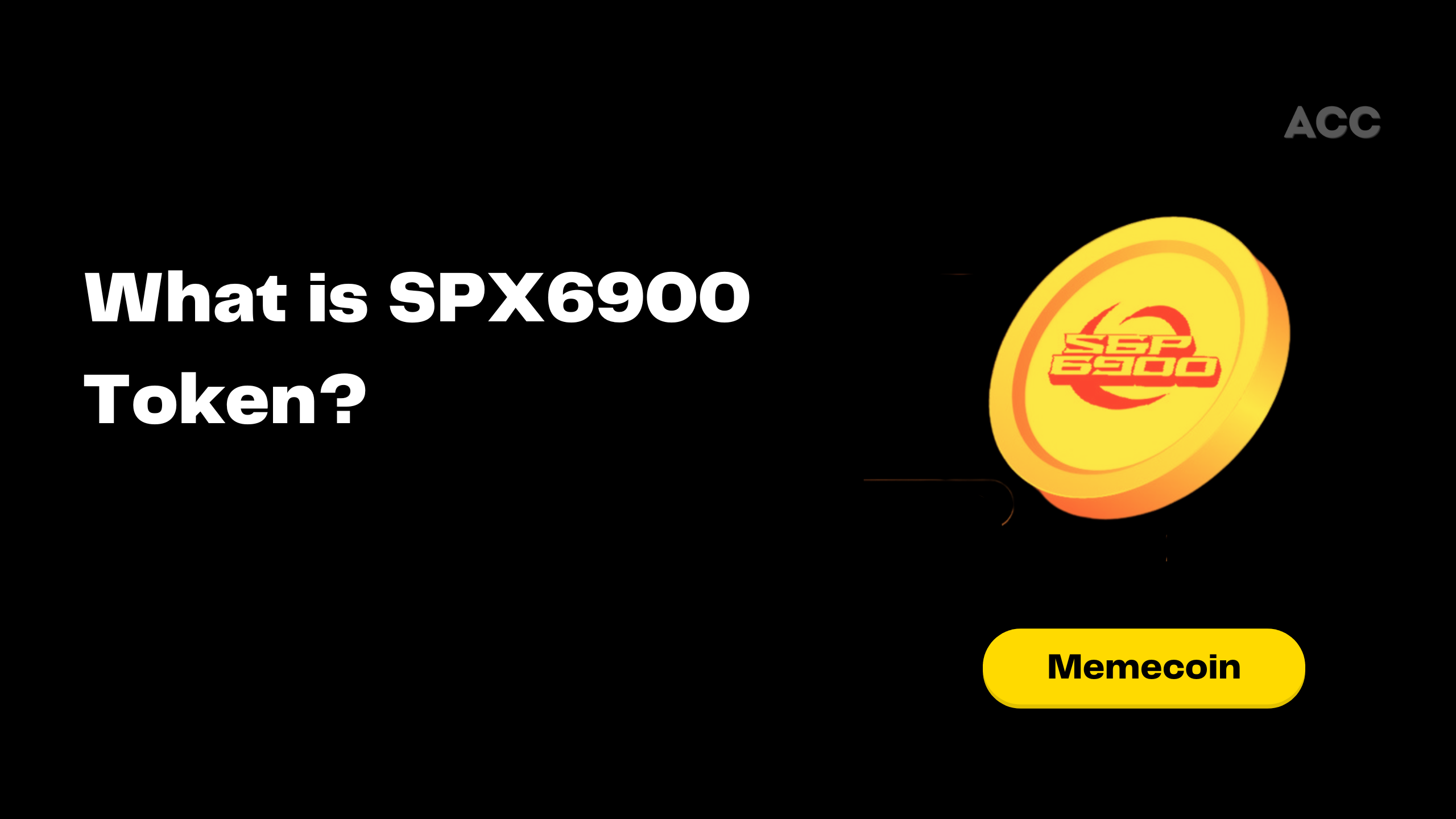Ethereum has seen tremendous evolution since its inception in 2015. As the pioneering blockchain for smart contracts, Ethereum has remained a cornerstone of the crypto ecosystem. Its transition from proof-of-work (PoW) to proof-of-stake (PoS) cemented its position as a leader in innovation and scalability. Enter EigenLayer, an Ethereum-based protocol designed to enhance PoS through “Ethereum restaking.” This innovative approach addresses Ethereum’s security limitations and simplifies scalability for DApps.
The EigenLayer protocol aims to solve key inefficiencies, such as the need for every protocol to build and maintain its own security infrastructure. By leveraging Ethereum’s existing validators and introducing restaking, EigenLayer creates a shared security ecosystem.
The Launch of EIGEN: A Milestone Moment
EigenLayer’s native token, EIGEN, officially began trading on October 1, 2024, with an initial price range of $3.50 to $4.50 and a market capitalization of approximately $6.5 billion. This valuation placed EigenLayer among the top 100 cryptocurrencies, ranking 94th overall. Interestingly, the token had a stealth launch in May via an airdrop, but trading was restricted until October.
This launch reflects the growing anticipation around EigenLayer’s unique approach to security and staking, solidifying its status as a game-changing addition to Ethereum’s ecosystem.
What Is Restaking?
Restaking is EigenLayer’s innovative adaptation of traditional staking. It allows users to repurpose staked Ethereum (ETH) to enhance security across other protocols. Restaking creates a pool of shared security resources, enabling DApps to utilize Ethereum’s validator network without building a security framework from scratch.
Users can participate in restaking through one of two methods:
- Native Restaking: Users convert their staked ETH directly into EigenLayer’s security pool. This option involves opting into EigenLayer’s restaking smart contract.
- LST Restaking: For those using liquid staking tokens (LSTs), restaking is possible without unstaking original assets. LSTs serve as a receipt for staked ETH, allowing users to maintain liquidity while participating in EigenLayer’s security ecosystem.
Both methods contribute to EigenLayer’s overarching goal: to create a robust, scalable, and trust-efficient environment for Ethereum-based projects.
How Does Restaking Work on EigenLayer?
Restaking on EigenLayer introduces two key processes:
1. Native Restaking
In native restaking, users transform their roles as Ethereum validators into EigenLayer operators. This process enhances Ethereum’s security pool by adding more assets and expanding validator participation.
2. LST Restaking
Liquid staking tokens (LSTs) represent staked Ethereum in a 1:1 ratio. These tokens empower users to access their funds’ value while maintaining staking commitments. By using LSTs, users can contribute to EigenLayer’s security without directly modifying their initial staking setup.
Applications of EigenLayer: Actively Validated Services (AVSs)
EigenLayer supports a range of applications called actively validated services (AVSs). These include bridges, decentralized applications (DApps), and oracles. Developing on EigenLayer offers significant advantages, such as cost savings and efficiency, since the protocol leverages an existing trust network built through restakers.
Node Operators and Their Role
AVSs rely on node operators, who are responsible for managing network operations. These operators can:
- Build their own AVSs.
- Provide services to existing AVSs.
- Earn rewards for their contributions.
Operators may also face slashing penalties if they fail to perform their duties. To manage this risk, restakers have the freedom to choose which AVSs their assets support, creating a decentralized governance model.
Managing Restaked Assets Through EigenPod
EigenLayer simplifies asset management via its EigenPod solution:
- Wallet Connection: Users connect their wallet to EigenLayer’s platform and approve their chosen restaking method.
- EigenPod Creation: During the first restaking process, users establish an EigenPod—a smart contract hub that manages their restaked assets, withdrawals, and rewards.
- Rewards Management: Restakers earn rewards through EigenLayer’s restaked points system. These points accumulate based on the amount and duration of restaked assets.
Withdrawals
- Partial Withdrawals: Restakers can withdraw earned rewards without leaving the network, though these transactions require on-chain proofs and gas fees.
- Full Withdrawals: Users can exit the network entirely through a full withdrawal process, with an escrow period for final fund transfer.
Advantages and Challenges of EigenLayer
While EigenLayer introduces groundbreaking solutions, it also presents unique challenges.
Pros
- Additional Revenue Streams: Restaking allows users to earn higher rewards than traditional staking by enabling dual utility for staked assets.
- Developer-Friendly Environment: EigenLayer’s security pool removes a major barrier for new DApps, fostering innovation and reducing entry costs for developers.
Cons
- Complexity for Users: Restaking involves higher technical knowledge, potentially alienating users accustomed to simpler staking processes.
- Increased Risk Exposure: Restakers face slashing risks if AVSs underperform. Poorly managed AVSs could result in significant financial losses.
Restake your staked Ether on Eigenlayer
The Road Ahead for EigenLayer
EigenLayer represents a bold step forward for Ethereum. Its restaking protocol addresses long-standing security inefficiencies and unlocks new possibilities for blockchain innovation. Despite its challenges, the potential for passive income and the platform’s ability to simplify security frameworks for developers make it a promising addition to Ethereum’s ecosystem.
Conclusion
EigenLayer’s restaking protocol offers a transformative approach to blockchain security and scalability. By enabling restakers, developers, and operators to collaborate within a trust-rich ecosystem, EigenLayer sets the stage for Ethereum’s next phase of growth. As users and developers navigate its risks and complexities, the protocol could become a cornerstone of decentralized innovation.

A.k.a – alpha girl. Vinita is the founder of Alphachaincrypto. An English Lit Majors, Vinita bumped into Web3 in 2020 only to realise that tech was her calling. Later, Mathreja worked for some notable brands like Near Education, Biconomy, CoinDCX and top of the line crypto start ups.





